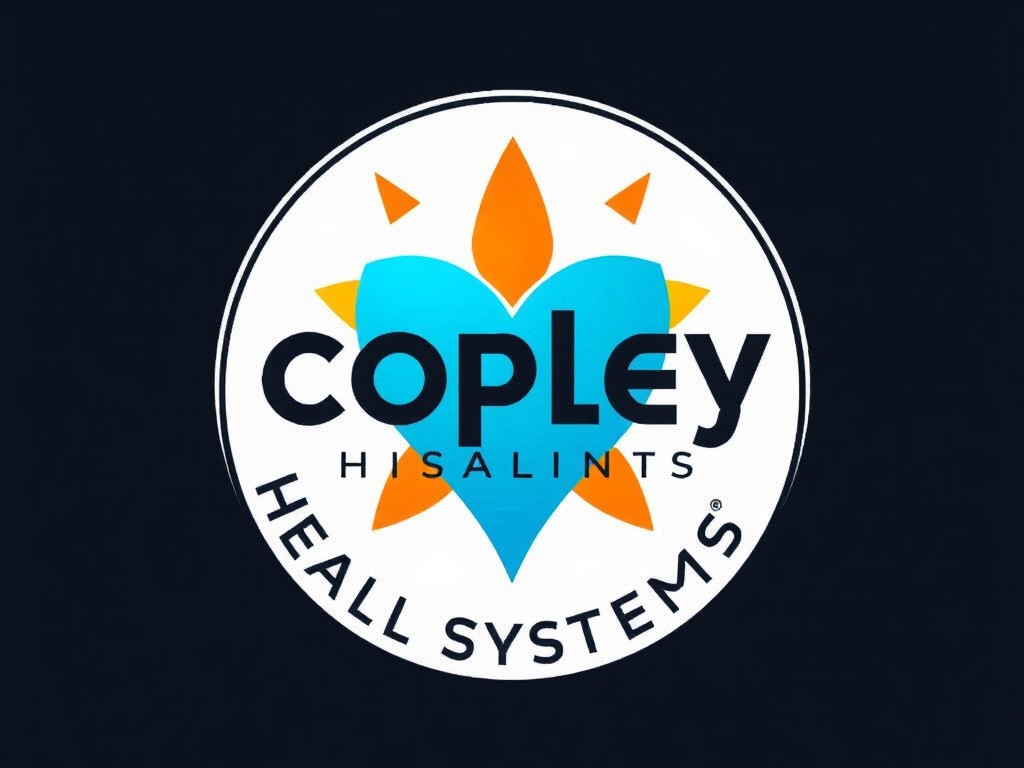Pain during labor can be daunting, but innovative techniques like guided imagery offer a powerful ally in managing discomfort. This method immerses individuals in vivid mental imagery, fostering relaxation and reducing the perception of pain. By understanding how guided imagery works, expectant parents can harness its potential for a more positive birthing experience. Discover how this practice can empower you during labor, providing not just relief, but also a deeper connection to the childbirth journey.
Understanding Guided Imagery
Guided imagery is a technique that involves using mental images to evoke physical and emotional responses. It is rooted in the principle that the mind can influence the body, promoting relaxation and healing. By visualising calming and pleasant scenes, individuals can experience reduced stress and pain, improved mood, and enhanced overall well-being.
Also read : Discover the Ultimate Breathing Technique to Lower High Blood Pressure Effectively
Historically, guided imagery has been used in various cultures for healing and pain management. Its origins can be traced back to ancient practices where visualisation and meditation were employed to promote health. Over time, it has evolved into a structured practice used in modern therapy and medicine.
In terms of how guided imagery works, the brain processes these mental images as real experiences. This activates neural pathways associated with the imagined scenarios, leading to physiological changes in the body. For example, visualising a peaceful beach can slow heart rate and decrease muscle tension, mimicking the effects of actually being in a relaxing environment.
Also to discover : Top Microgreens for Boosting Immunity: Discover the Nutritional Powerhouses!
Guided imagery techniques often involve a facilitator guiding the individual through a series of visualisations, or individuals practising independently using recorded scripts. This approach can be tailored to address specific health concerns, making it a versatile tool in holistic wellness practices.
Research Evidence on Guided Imagery for Labour Pain Relief
Research findings on guided imagery reveal its significant effectiveness in managing labour pain. Clinical studies have consistently shown that women using guided imagery experience reduced pain intensity and anxiety during childbirth. One key study highlighted that participants reported a notable decrease in the perception of pain and an increase in overall satisfaction with their birthing experience.
When compared to other pain relief methods, guided imagery offers a non-invasive alternative with fewer side effects. Unlike pharmacological interventions, it does not interfere with the natural birthing process, making it an appealing option for those seeking a holistic approach. Clinical studies have demonstrated that guided imagery can be as effective as some traditional pain relief techniques, such as epidurals, in terms of patient satisfaction and comfort.
The physiological benefits observed include reduced heart rate and muscle tension, which are critical during labour. Psychologically, guided imagery helps in fostering a sense of control and calmness, reducing stress and anxiety levels. These combined effects contribute to a more positive birthing experience, as supported by numerous clinical studies. The evidence underscores the potential of guided imagery as a valuable tool in labour pain management.
Practical Implementation of Guided Imagery Techniques
Implementing guided imagery techniques can be straightforward with the right approach and preparation. This section will provide a step-by-step guide to help you incorporate these techniques effectively.
Preparing for Guided Imagery Sessions
Before starting a guided imagery session, it is essential to create a conducive environment. Find a quiet, comfortable space where you won't be disturbed. Consider using soft lighting and calming music to enhance relaxation. Communication with your healthcare provider about your intention to use guided imagery can also ensure that it aligns with your overall labour plan.
Step-by-Step Guided Imagery Techniques
- Begin by sitting or lying down comfortably, closing your eyes, and taking deep breaths.
- Visualise a serene scene, such as a beach or forest, focusing on the details—sounds, smells, and sensations.
- Engage your senses fully, imagining the warmth of the sun or the gentle rustle of leaves.
- Repeat positive affirmations or mantras to reinforce relaxation.
Incorporating Guided Imagery into Labor Plans
Discuss with your healthcare provider how guided imagery can complement your labour plan. Tailor the techniques to your specific needs, ensuring you feel empowered and supported. By integrating guided imagery, you can enhance your birthing experience, making it more positive and fulfilling.
Testimonials and Case Studies
Real-life testimonials from mothers who have used guided imagery during labour provide compelling insights into its effectiveness. Many women report experiencing a significant reduction in pain and anxiety, attributing a more positive birthing experience to this technique. These personal experiences often highlight the sense of control and calmness achieved through guided imagery, enhancing their overall satisfaction.
In addition to individual accounts, various case studies have systematically examined the role of guided imagery in labour scenarios. These studies consistently show that women practising guided imagery report lower pain levels and improved emotional well-being. For instance, a case study focusing on first-time mothers revealed that those using guided imagery had shorter labour durations and required fewer medical interventions.
Patient satisfaction is a critical measure in evaluating the effectiveness of guided imagery. Analysis of outcomes indicates that women who incorporate guided imagery into their birthing plans often express higher satisfaction levels compared to those who rely solely on traditional pain relief methods. These findings underscore the potential of guided imagery to transform labour experiences, offering a non-invasive, empowering alternative that aligns with holistic wellness practices.
Challenges and Considerations for Using Guided Imagery
While guided imagery offers numerous benefits for labour pain relief, there are potential challenges that individuals may encounter. One such challenge is the requirement for concentration and focus, which can be difficult during intense labour pains. Additionally, not everyone finds it easy to visualise or immerse themselves in mental images, which can limit its effectiveness for some individuals.
There are also specific contraindications to be aware of. For instance, individuals with certain psychological conditions, such as severe anxiety or PTSD, may find that guided imagery exacerbates their symptoms. It is crucial to consult with a healthcare provider to determine if guided imagery is a suitable option.
Comparing guided imagery with other pain relief methods, it stands out as a non-invasive and side-effect-free alternative. However, unlike pharmacological options, it requires active participation and practice. Some may find it challenging to rely solely on guided imagery, especially if they are accustomed to more traditional pain management techniques. Balancing guided imagery with other methods, such as breathing exercises or meditation, can offer a more comprehensive approach to pain relief during labour.











